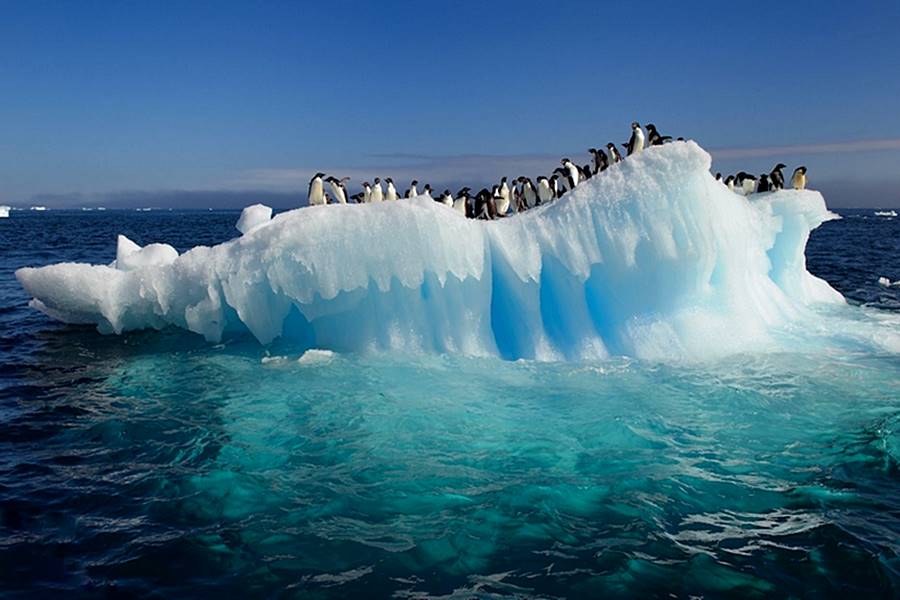Thu 09 March 2023:
Ice in the Antarctic sea reached its lowest monthly extent in February, breaking a previous record from 2017, the European Union’s climate monitoring service has said.
In a report released on Tuesday, the Copernicus Climate Change Service (C3S) said that Antarctic sea ice shrunk 34 percent below the average for February.
“Our latest data show that Antarctic sea ice reached its lowest extent in the 45-year satellite data record,” said C3S’s Deputy Director Samantha Burgess. “These low sea ice conditions may have important implications for the stability of Antarctic ice shelves and ultimately for global sea level rise.”
The report also said that winter was the “joint second warmest on record for Europe, with much above-average temperatures over eastern Europe and parts of northeastern Europe”.
For much of western and southeastern Europe, the winter was drier than average, added the report.
Diminished ice cover is a major concern because it helps accelerate global warming.
But unlike sea ice in the northern Arctic, which has diminished by three percent a year since the late 1970s, sea ice in the south in Antarctica has remained relatively constant over the same period, albeit with large annual variations.
Over the last eight years, however, the minimum sea ice extent in the Antarctic Ocean has consistently been below the average for the 1991-2020 period.
Recent ice cover during the austral summer has shrunk most around West Antarctica, which is more vulnerable to the impacts of global warming than the far larger East Antarctica.
The record minimum sea ice extent in the Arctic – 3.4 million square km (1.3 million square miles) – occurred in 2012, with the second- and third-lowest ice-covered areas in 2020 and 2019, respectively.
___________________________________________________________________________________________________________________________________
FOLLOW INDEPENDENT PRESS:
TWITTER (CLICK HERE)
https://twitter.com/IpIndependent
FACEBOOK (CLICK HERE)
https://web.facebook.com/ipindependent
Think your friends would be interested? Share this story!





